"At the Still Point of the Turning World": Entering the Mirror Realm with Michael A. Muller
Ambient meets New Classical and Much Else in this compelling release from co-founder of Balmorhea
There is a moment in the 1950 French film of the Orpheus legend by legendary poet and director Jean Cocteau when the hero enters the shadow world to find his dead wife by passing through a mirror. He stands before the mirror - tentative - and then as he reaches out his hands to begin his journey, they appear to pass through the mirror’s surface.
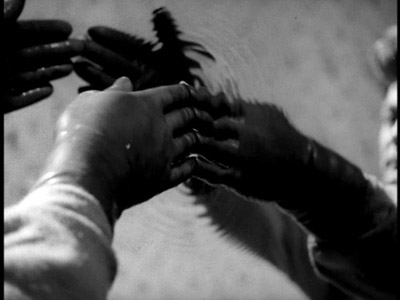
It’s an indelible image that remains iconic to this day, achieved through simple analogue means, that still brings gasps to an audience more used to hi-tech trickery.
This image of reaching out to touch the mirror’s surface, of then passing through the mirror into another realm, has been much on my mind as I have listened to Mirror Music. The notion of two worlds which reflect and shadow each other is at the heart of this remarkable album, and is beautifully encapsulated in the striking cover art by John Zabawa. From the very first spin, this album has been an immersive, audio-sensual delight that has been reaffirmed and intensified with each subsequent listen. Like the evocative images of Cocteau’s film, this is music that stays with you beyond the act of experiencing it in the moment, and returns ever richer each time you enter its world anew.
Indeed, this record is so compelling and immersive that - like Orpheus, Narcissus, Alice, and other mirror obsessives - you might find yourself tempted to linger in this particular mirror realm for longer than maybe you should…
I will add the proviso right up front that this kind of music is not for everyone. It's not obviously melodic or rhythmic in the ways that most people like their music, be it classical, jazz, rock or anything else. But nor is it daunting or difficult in the ways that some more experimental albums and artists can be. It is essentially tonal in its harmonic palette, built from pleasing sounds and predominantly instrumental timbres and vocals produced by mostly conventional means. (There's no abrasive noise so beloved of experimentalists here). This is music its creator wants people to listen to and enjoy (how refreshing!), even as it fully embraces less traditional compositional and recording procedures. It is conceived and executed within its own technological space rather than as a prototype for, or result of, a live or even conventional studio event, and it fully exploits that technology to create a unique home listening experience. It is definitely best heard as a dedicated vinyl spin, rather than as digital clips on the move. So even if you do not normally go for this kind of music, I urge you to give it a try. I think you will be pleasantly surprised.
Mirror Music is the second solo album by Michael A. Muller, best known as one half of Balmorhea, a minimalist instrumental group out of Texas. The music of Balmorhea is more overtly melodic than anything on Mirror Music, which shows Muller further exploring the more abstract, more ambient-tinged inclinations of his first solo album, Lower River.
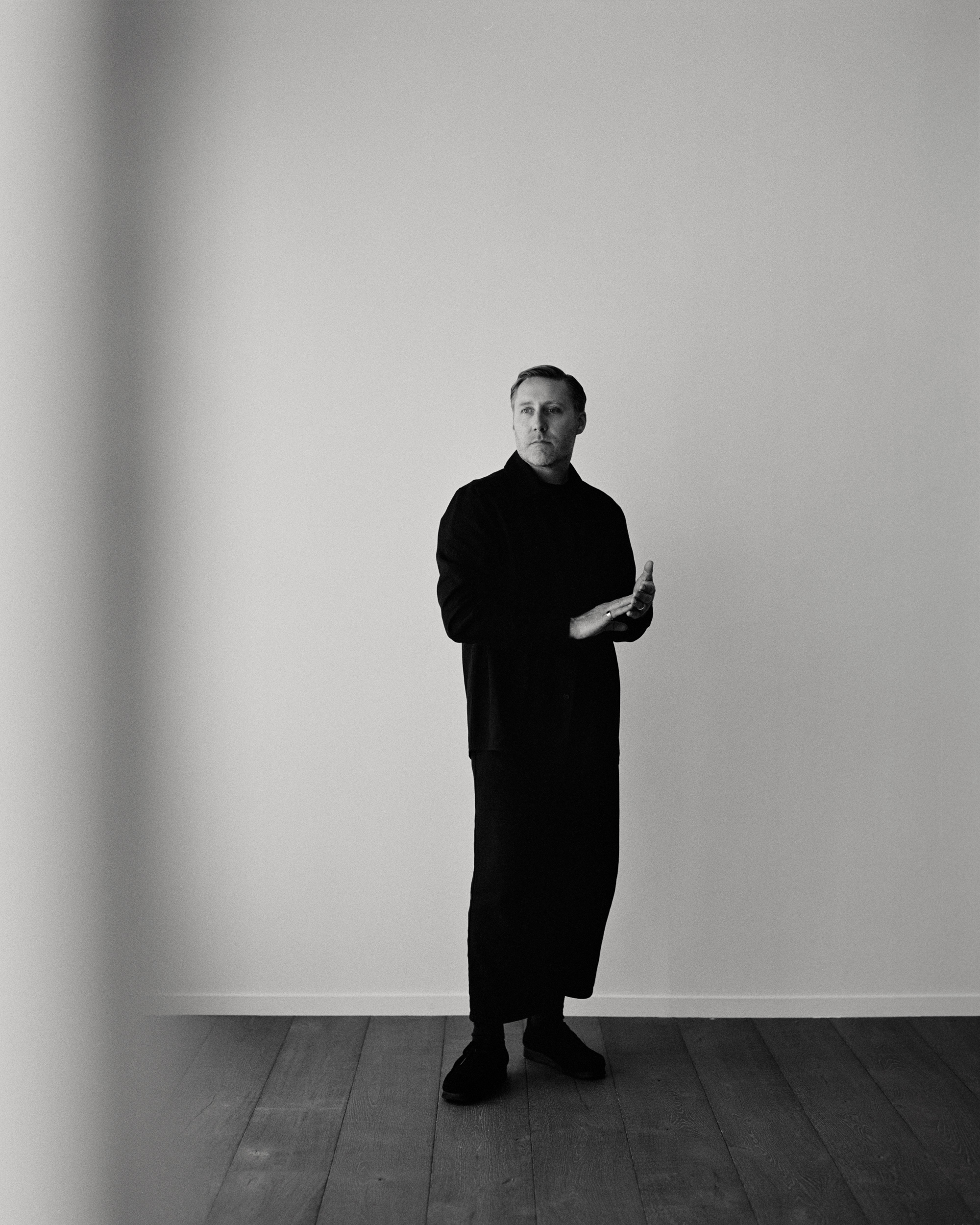 Michael A. Muller (photo: Rich Stapleton)
Michael A. Muller (photo: Rich Stapleton)
Mirror Music is Muller’s first solo album for Deutsche Grammophon (Balmorhea’s label), which is to be lauded for its ongoing support of more experimental modern artists who want to make music beyond easy categorization. (Full disclosure: I have become friends with Michael since he moved to Los Angeles - we met via our mutual involvement in the YouTube vinyl community; I have striven to make this review as objective as it would be if we did not know each other, but the plain fact is I love this record - as you can probably already tell).
Speaking to the genesis of Mirror Music, Muller had this to say: “I am primarily a guitarist but I have always gravitated to creating more ambient soundscapes as my natural output. In an effort to differentiate my solo work from my contributions to Balmorhea, I strove to operate outside of fretted instruments as a compositional tool. In this spirit, I began experimenting with some then newly-attained instruments in my studio: Oberheim 2-Voice, Mellotron, and Rhodes organ.
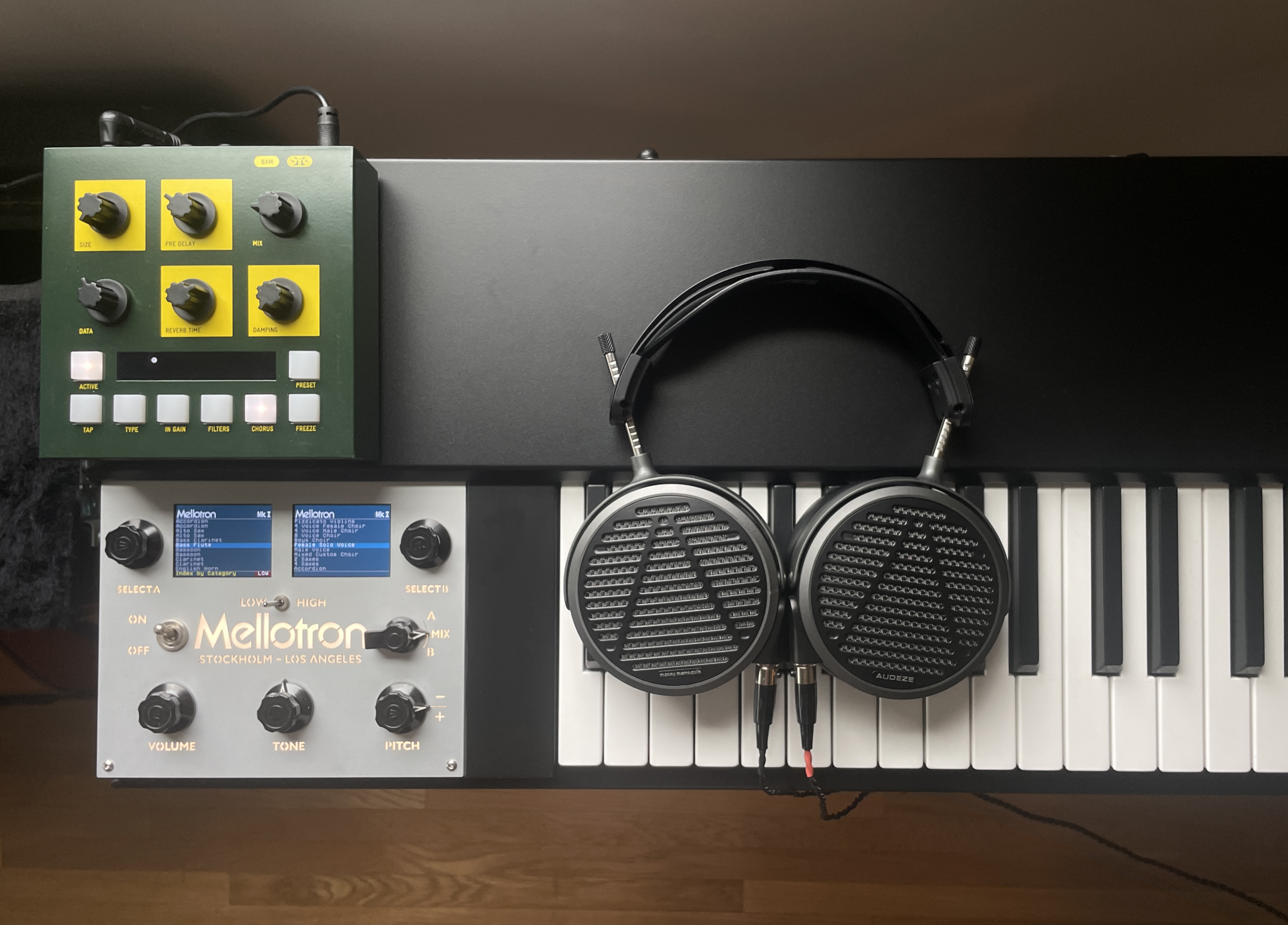 Mellotron - Ready for Action!
Mellotron - Ready for Action!
"I started gathering small snippets of sounds, melodies and chordal progressions as early ideas which all happened to fall in-line with a similar feeling. After a few months of open-ended meandering, I alighted on about… 10 pieces that really seemed salient and cohesive. Around this time it occurred that as a departure from the material on Lower River, what I was really yearning for was some proper collaborations. I made a list of instruments that were intriguing to me and thought about the frequency overlapping and balance that could work with the base compositions. From there, I paired these instruments with a list of potential players...
“The final cast of featured artists was diverse; ranging from vocals by Hania Rani and Vestals, synthesists Jefre Cantu-Ledesma and Jon Porras, percussion, bass VI guitar by Douglas McCombs, bass clarinet from Jonathan Sielaff, electric guitar from Ilyas Ahmed, 12-string guitar from Danny Paul Grody, pedal steel guitar from Chuck Johnson and cello from Clarice Jensen. In the end, I think it offers a balanced and intriguing dynamism throughout the ebb and flow of the movements.”
It is this intersection of Muller’s musical soundscapes and the contributions of his diverse collaborators which provides the engine for this album, and its overarching “Mirror Music” concept: the sense of one world of music reflecting and touching another. But we are light years away from a bunch of musicians just laying down tracks over one anothers’ work. There is an incredible sense of the different musical strands interweaving and interconnecting, an entirely organic sense of growth and development, of instruments and sounds “speaking” to one another and then metamorphosing into something related but different. How this was achieved so seamlessly, without the musicians actually being in the same physical space at the same time, is testament not only to their imagination and musical empathy, but also to Muller’s considerable skill in the assembling and mixing of this album’s constituent parts.
However, there are reasons beyond the purely technical and technological, or indeed the purely musical, for why Mirror Music is such an organic and involving listen, and they derive from Muller’s own aesthetic preoccupations:
“There is a great physicality enveloped in the airwaves which music can imbue. The shape and proverbial ‘feeling’ of a finger, a brush, a valve, a bow, etc - can offer so much contextual and so much emotional language. As a listener, I am most-moved and so intrigued by the timbre and distinct tactility of music. Experimental miking techniques, layering takes of redundant instrumentation and the rawest capturing of a pure tone, played by human hands through nice tube gear with a tinge of natural harmonic distortion, can offer such a remarkable depth. In the recording process I spend a lot of time experimenting with tone, EQ and achieving a capture of the sound that feels alive. Once I find a fitting ‘feeling’ and move into the mixing phase, I get truly lost and delight so greatly in striking a very gentle balance in the presented frequency depth. Moving forward, I am interested in techniques to achieve a result that subverts expectation. I find fascination in blurring the lines with what is usual or comfortable with techniques in shaping sonic landscapes that feel new and brimming with something unusual or indecipherable.”
Clearly this is an album which, to some degree, follows in the long lineage of the so-called “ambient music” genre, a term coined by Brian Eno when he released the seminal Ambient 1 (Music for Airports), in 1979.
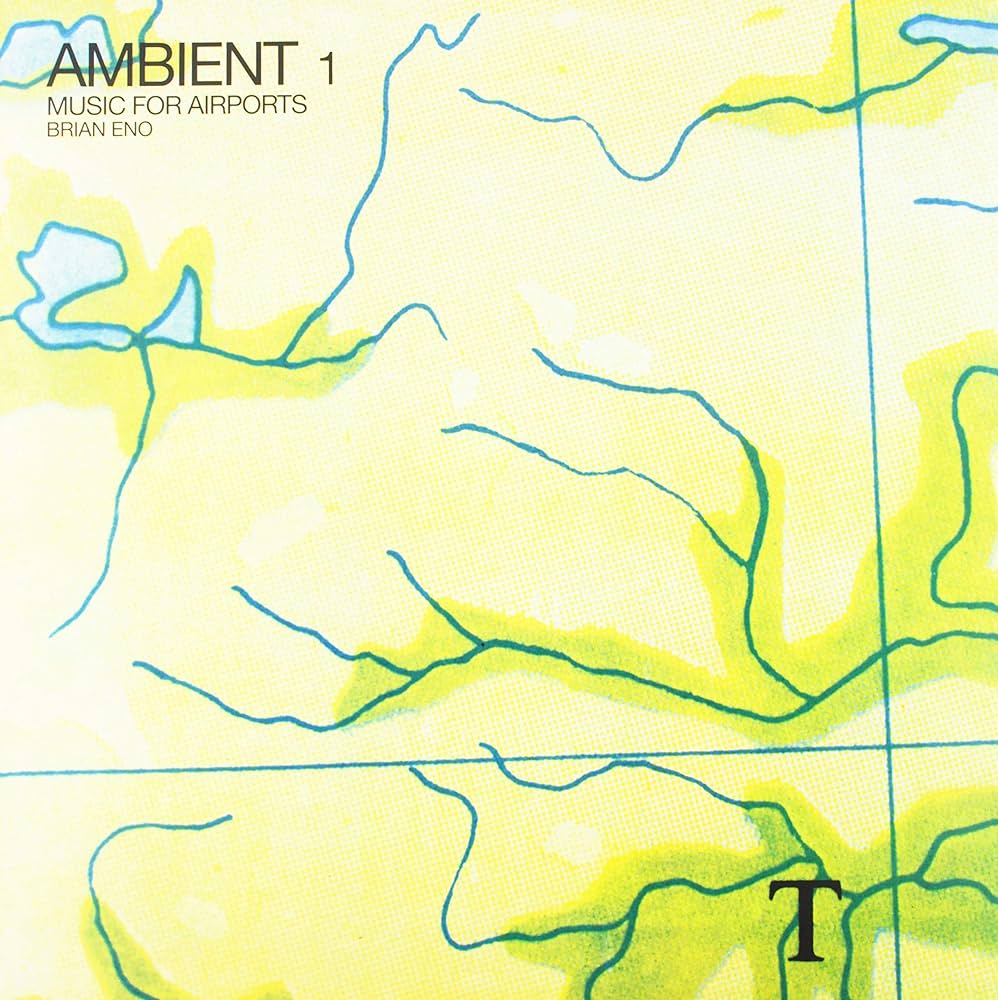
Ambient music (like minimalism) attracted composers and musicians across all musical genres in large part because it offered a way forward for those who felt creatively exhausted by the ever increasing - and alienating - complexities of atonality, serialism, progressive rock, free jazz, etc. - that dominated new, modern music in the latter part of the 20th century. Ambient music provided a way to simplify and focus, not just for composers and practitioners, but for listeners too.
I asked Muller about the “ambient” heritage in his music.
“Above any genre classification or categorization I honestly was only interested in creating a world of sounds that felt interesting and natural. I resonate deeply with simplistic movements and simple melodies that possess a unique evocation; the inspiration being drawn and imparted to the feeling of the specific plane of where memory meets a dream (my italics). This liminal space that exists only in a hidden layer of our subconscious. I love nothing more in music than to feel the elation of something that unlocks my attention and drifts me outward to this place where I lose myself, my surroundings and immediate distractions. Music does embody this power to elicit a subconscious sensorial elation. The music I create tends to do this for me in the act of composing it. This is the highest place for me in the process. I hope the final product may also allow a palette through which any listener may also approach the music with whatever amalgam of physical, mental and emotional statuses to then melt into this ‘lower river’ of sound.”
“Where memory meets a dream” - I think this is such an accurate way of describing the space Mirror Music occupies, and why it continues to play on a listener's subconscious turntable long after the lights on the hi-fi have dimmed.
(Note: You Tube does not allow the image from this video to be embedded; to listen to and watch this beautifully shot video, watch directly on YouTube)
Mirror 8, featuring vocals by Hania Rani
“Deep listening” is a state you will be drawn into when you spin Mirror Music. Even if you experience it as background music (as I did when I attended the album’s launch party at the Aladdin’s cave of Hi-Fi riches known as Common Wave Hi-Fi in downtown LA), you will find your ears being drawn to the music while in the midst of, for example, an engaging conversation. I found this happening not only to myself but also my fellow party attendees as we chatted. Someone would just suddenly say: “Oh, did you hear that? Love that bit!”. At one point an entire group conversation was derailed by the appearance of the deep sonic vibrations of a bass clarinet (the remarkable Jonathan Sielaff on Mirror 4): everyone just started talking about what an amazing moment and sound that was in the music. Thus was fulfilled Brian Eno’s requirement that ambient music “must be able to accommodate many levels of listening attention without enforcing one in particular; it must be as ignorable as it is interesting”.
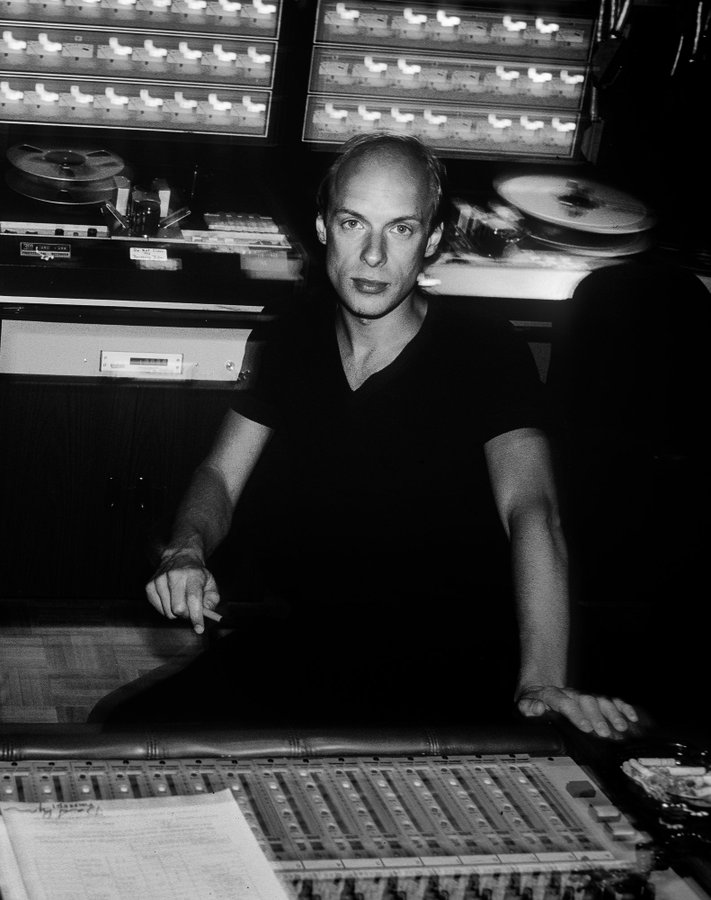 Brian Eno, 1980
Brian Eno, 1980
However, I suspect you might have as much trouble as I did in “ignoring” Mirror Music, in keeping this record as merely a background listen, confirmation of the fact that while Mirror Music is indebted to the ambient aesthetic in its construction and procedures, it is ultimately moving into its own territory.
One of the reasons this is such a compelling listen is the simple gorgeousness of the sound. Whenever I drop the needle on this thing, my all-tube rig thinks it’s gone on holiday and starts singing. The sound reaches out into every corner of my listening room. Given that the recording and mix were necessarily produced with digital tools, how was this enveloping analogue-like sound created?
Muller: “I recorded all of my contributions at my studio Elyria Sound. All of the other parts were recorded by each respective featured artist in their own space and then sent back to me. I did the bulk of the mixing in my studio before taking it up to Chuck Johnson in Oakland, California. Chuck has a great space there called Cirrus Oxide where we put some sweetening touches on the mixes through his analog outboard gear. Each mix was printed to a 1/4" 2-track Studer tape machine….. The mastering took place in Berlin with the incredible engineer Zino Mikorey who is known for his deft touch with artists such as Nils Frahm, Olafur Arnalds and Hania Rani among many others. Zino also mastered the material specially for the vinyl production which occurred from plating to pressing at Pallas in Germany. Lastly, ThreeDee in Munich mixed the album for Dolby Atmos.”
The care with which Muller’s collaborators executed and recorded their contributions is clearly audible throughout. The guest musicians' respective instruments and vocals are presented with an immediacy and richness that is often breathtaking; literally so in the case of that larger-than-life bass clarinet:
Muller: “(Jonathan) has a unique pick-up system housed in the mouthpiece of his clarinet, which when paired with a nice mic on the horn offers a beautiful blend of both pure tone and this visceral breathiness that is just so pleasing—especially in the lower register, as you will hear in the end of “Mirror 4.”
In addition, the care with which Muller has recorded and mixed his own contributions, then mixed the whole (together with Chuck Johnson), is self evident in the clarity with which these often dense musical soundscapes emerge with their different strands delineated within, but not separated from, the whole. The detail finds its appropriate place within the three-dimensional and expansive soundstage.
Besides the sound, another key to the album’s success is the sequencing of the tracks. Muller went to a great deal of trouble to ensure there is a clear through-line to the musical journey, and that textural and tempo variety keep the ear fully engaged. Mindful of the short attention spans of many of today’s listeners, tracks are kept to a short and tidy length, but they progress into each other seamlessly. By the time you get to the end of the final track on side 2, there is a sense of a journey completed, of having moved through new landscapes, but also of having come full circle. As a former ‘cellist myself, it felt so entirely appropriate that on this final Mirror 10 the solo instrument was the ‘cello (eloquently played by Clarice Jensen), the instrument many consider closest to the human voice.
For this listener, reaching the end of this record more often than not conveyed not just a sense of returning to where one had started (albeit subtly transformed), but also a desire to start the journey all over again.
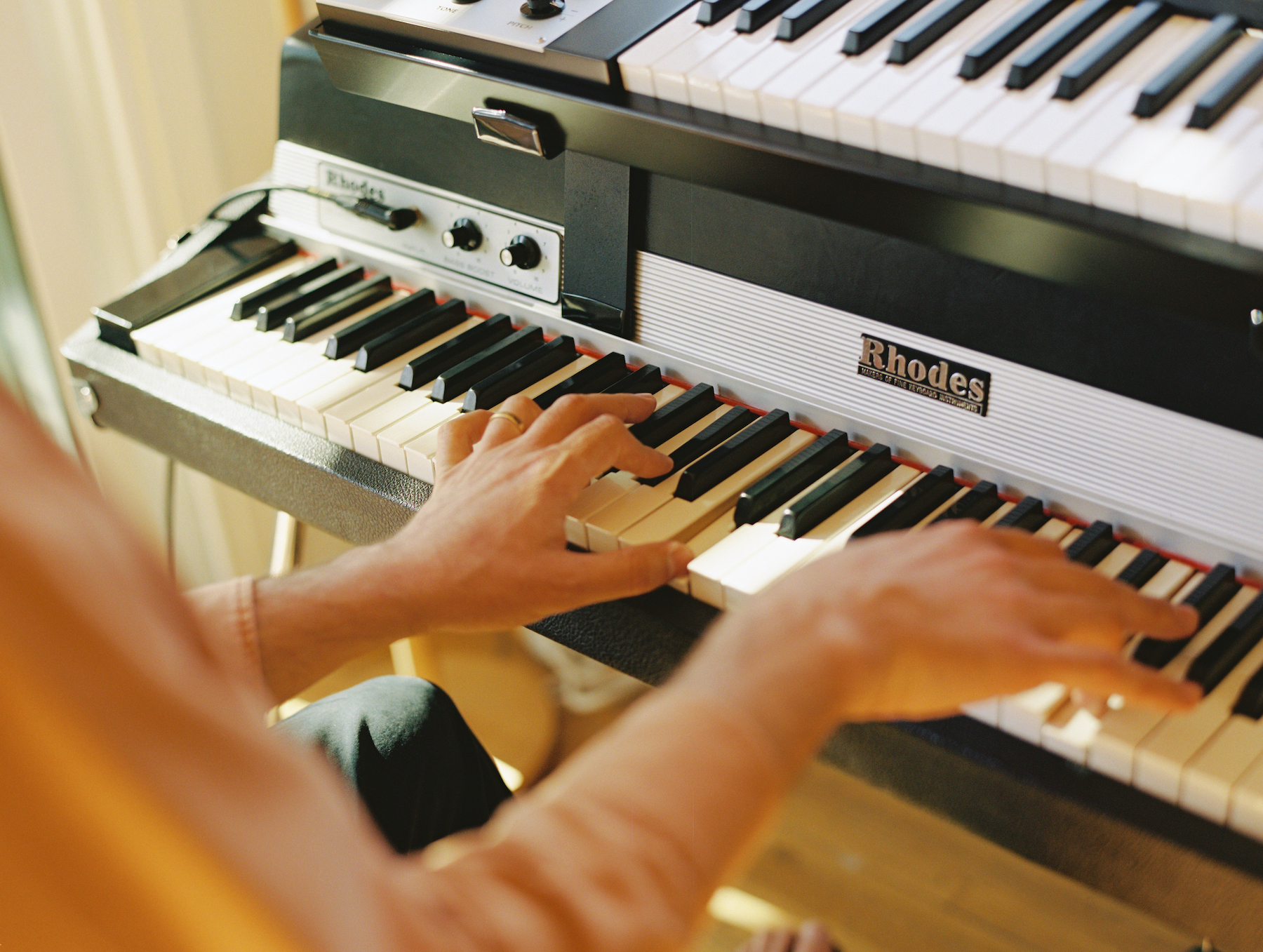 Michael A. Muller at his Fender Rhodes (Photo: Justin Chung)
Michael A. Muller at his Fender Rhodes (Photo: Justin Chung)
Mirror Music is an album that wears its depth lightly, but retains mystery after many listenings, and that is part of its allure. With each listen I hear more details, find more to marvel at, more to ask questions about: “What is going on there? How was that achieved?”.
But the album’s essence remains elusive - and allusive. Is it breaking new ground? No. Is it unique? No. But it does what it does with such care and imagination that it feels like it could be both those things. It’s interesting, beguiling, beautiful, occasionally even visionary. It’s recorded, mixed and pressed with enormous care and precision (my copy after cleaning had nary a single pop or click). It is also often surprising. Just as you think you have settled into one particular musical landscape, one mood, you are led into another. It is a compelling through-listen, best heard in one sitting; in other words, it is the ideal vinyl experience.
Mirror Music is also an album which, although employing the most up-to-date technology, sounds timeless, even a little old-fashioned. A neat trick, that! This is music unafraid to reference the past whilst also being unmistakably modern. Muller’s musical soundscapes are rooted in simple harmonies and tonality, with slow moving bass notes and chords (both literal and suggested). However, rhythm and meter can shift subtly beneath your feet, like vast tectonic plates. When the agitated percussion of Rama Parwata joins what sound like vast shifting ice shelves on Mirror 6 at the opening of side 2, the contrast feels like an abrupt fragmentation of the time-space continuum.
The mirror is a powerful symbol and idea recurring throughout the history of visual art, cinema, and literature. In music the idea of the mirror has given rise to musical concepts, compositions, and even formal procedures. So, as we gaze into the mirror either literally or figuratively, what do we see?
The world we see reflected in the mirror never seems entirely as real as the one from which we do our peering. Is the world we see in the mirror our world reflected, or something else entirely that only appears to be like our own? That has been the cue for fantasists down the ages to speculate upon what it would be like to enter that mirror-realm.
Orpheus was, according to myth, so fine a musician and poet that when he travelled down to the underworld to retrieve his dead wife, his music and words were so beautiful that they charmed Hades and his wife Persephone into letting his wife return with him to the regular world. Alas, in one desperate moment of all-too-human insecurity, he abandoned the artist's instinct to trust, and in turning his head to check the reality that his wife was still there behind him, following in his footsteps, lost her forever. Appropriately, the story of Orpheus was told in the first great opera, Orfeo, penned by Monteverdi in 1607.
Just as in Cocteau's 1950 cinematic retelling, when Orpheus passes through the mirror into that mirror-realm, we - listening to Mirror Music - embark on a journey into the familiar and unfamiliar at the same time. Except that on this particular journey the music is our steady guide. Along the way it can seem like you the listener and the music are both moving forward and also standing still, both evolving and also staying the same. As the cover art for this album suggests, this is music existing above all at a point of intersection, reflecting inwards and outwards into the worlds that exist on both sides of the mirror. It's a point of stasis and flux. A point of perfect equilibrium but also of perfect paradox, where music of both complementary and opposing tendencies can co-exist and thrive. It's a point this album therefore inhabits fully - and most comfortably.
The words of T.S. Eliot, from one of his Four Quartet poems, Burnt Norton, provided the heading for this review. In some measure, they capture what - for this listener - is the central idea encapsulated by the music on this very special album:
“At the still point of the turning world. Neither flesh nor fleshless;
Neither from nor towards; at the still point, there the dance is,
But neither arrest nor movement. And do not call it fixity,
Where past and future are gathered. Neither movement from nor towards,
Neither ascent nor decline. Except for the point, the still point,
There would be no dance, and there is only the dance.”
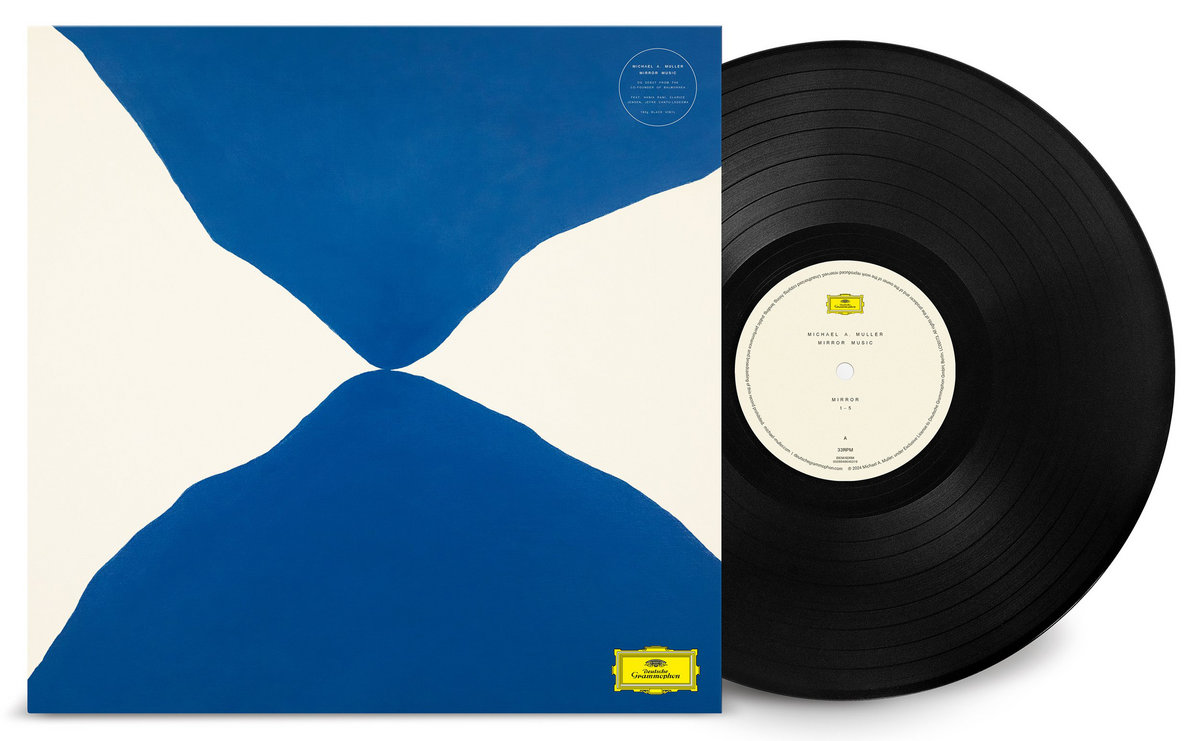



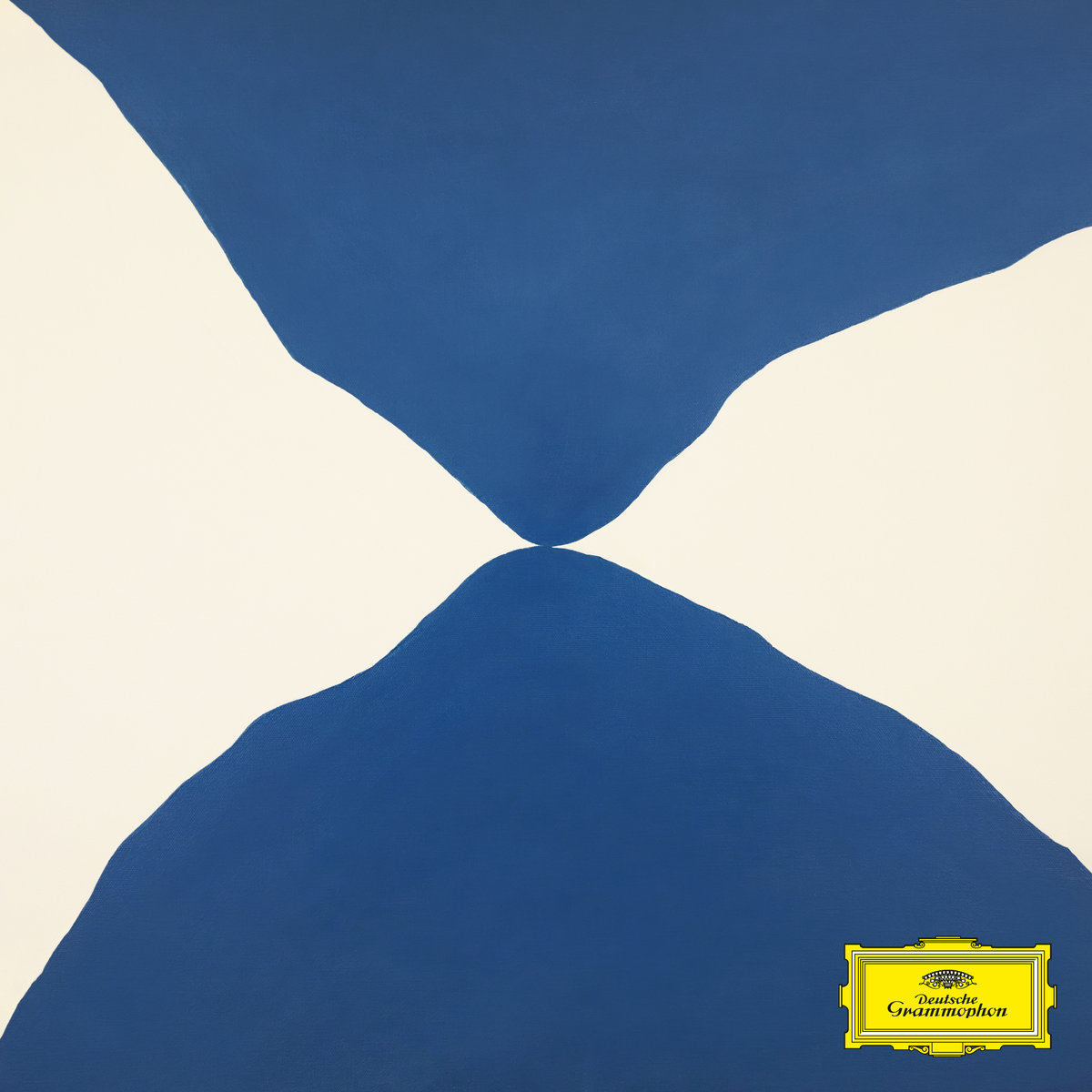







































.png)








